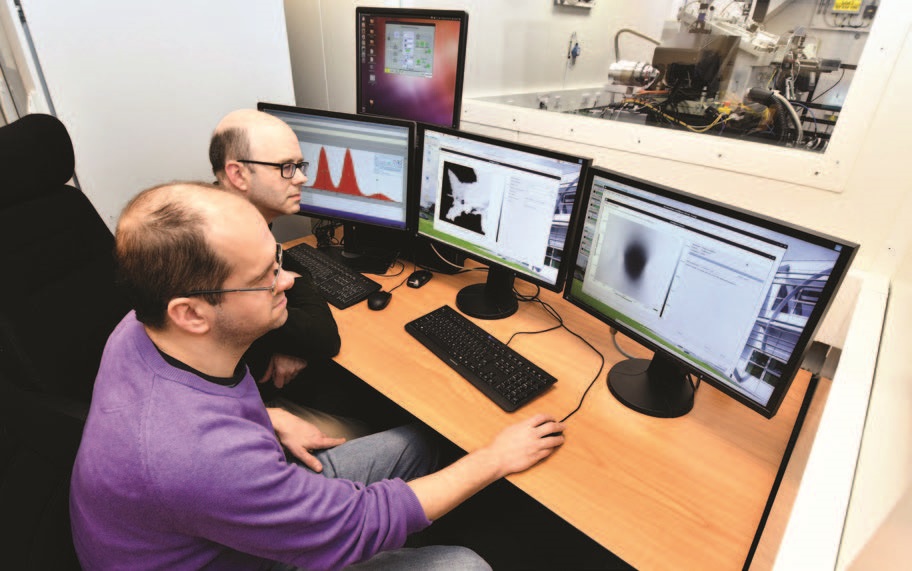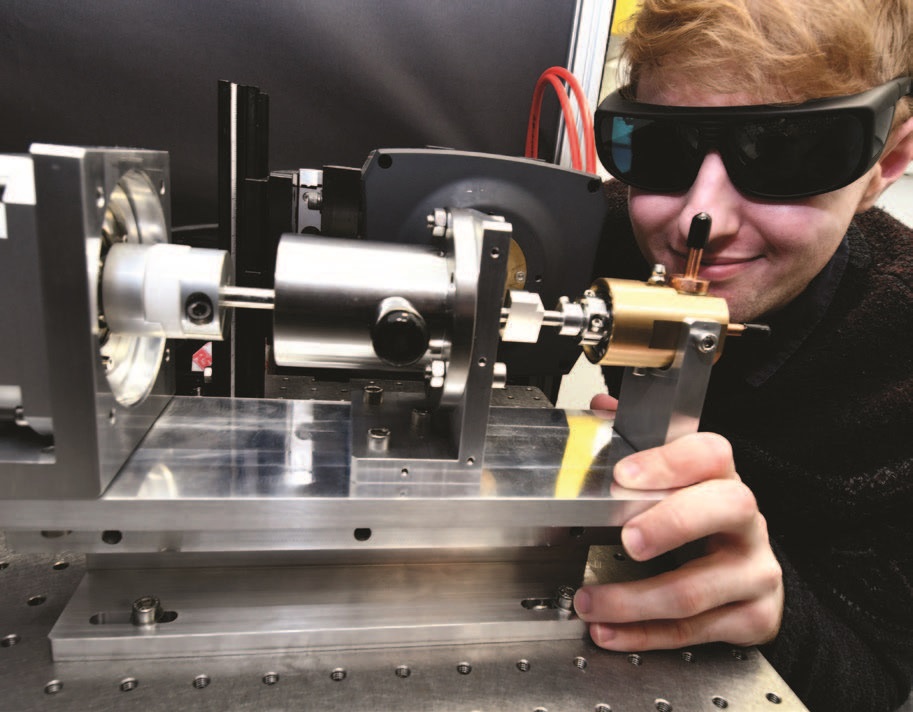Keep up to date with the latest research and developments from Diamond. Sign up for news on our scientific output, facility updates and plans for the future.
In recent years Diamond has invested a lot of software engineering effort across the Data Acquisition, Data Analysis and Beamline Controls groups in an attempt to standardise and advance the frameworks that support the science carried out here. Under the auspices of the Mapping Project, this has delivered a platform, initially proven on a few beamlines, which can now start to be rolled out across the organisation as a whole to deliver enhanced capabilities in terms of the definition, orchestration and visualisation of experimental scans. Building on this, during the last year we have begun to see these benefits feeding into areas of usability and beamline development as well as facilitating the development of more advanced approaches such as ptychography. Going forward, this should allow us to better support the needs of Diamond’s scientists and users as these new tools are adopted across the organisation.
The Data Acquisition Group develops, supports and maintains the software that controls experiments carried out on the majority of beamlines at Diamond. All aspects of the experimental process are covered, but initial setup of the sample environment is always crucially important in obtaining accurate and meaningful results further down the line. It is here that software usability can be very significant in enabling quick, easy, repeatable initialisation of the experimental environment to guarantee consistency between groups of measurements.


Diamond Light Source is the UK's national synchrotron science facility, located at the Harwell Science and Innovation Campus in Oxfordshire.
Copyright © 2022 Diamond Light Source
Diamond Light Source Ltd
Diamond House
Harwell Science & Innovation Campus
Didcot
Oxfordshire
OX11 0DE
Diamond Light Source® and the Diamond logo are registered trademarks of Diamond Light Source Ltd
Registered in England and Wales at Diamond House, Harwell Science and Innovation Campus, Didcot, Oxfordshire, OX11 0DE, United Kingdom. Company number: 4375679. VAT number: 287 461 957. Economic Operators Registration and Identification (EORI) number: GB287461957003.